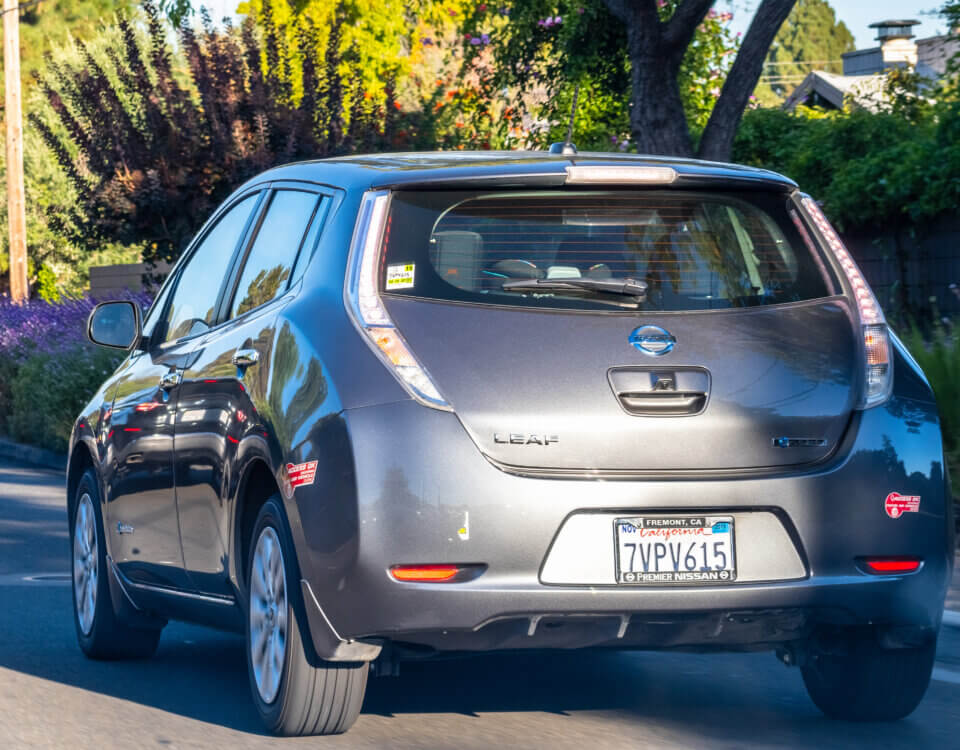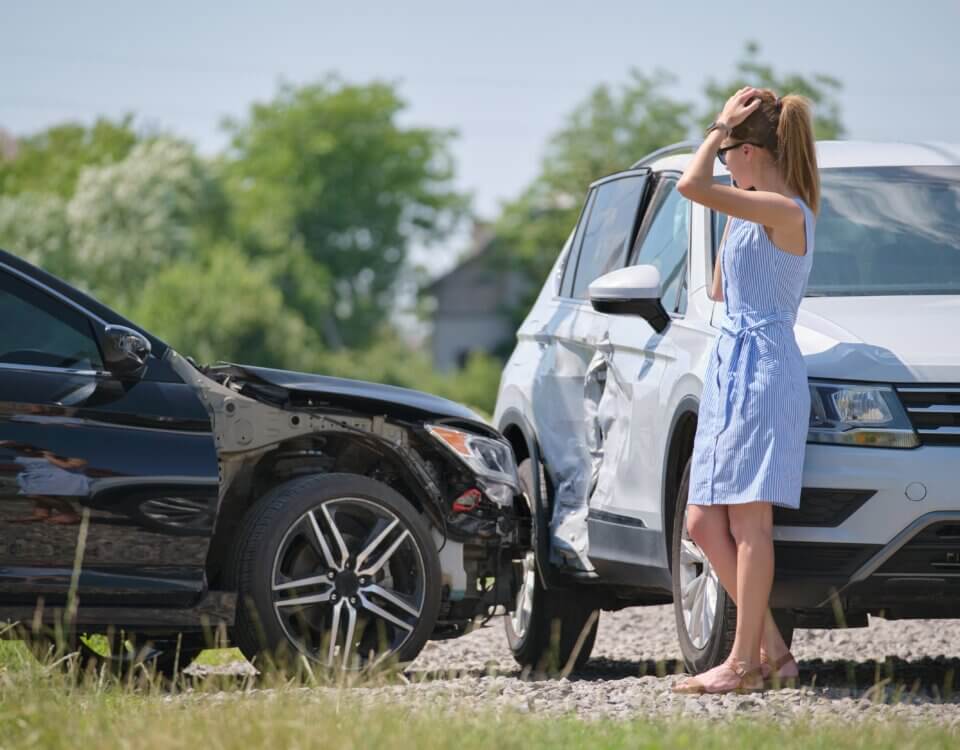California’s Move Over Law is designed to protect first responders, tow truck operators, and road workers by reducing roadside accidents. Many drivers, however, aren’t fully aware of the rules or how to follow them safely. Knowing what’s required can prevent crashes and save lives.
What the Move Over Law Requires
- On Highways: If you see a stationary emergency vehicle with flashing lights, move one lane over when safe to do so.
- If Moving Over Isn’t Possible: Slow down to a safe speed that’s reasonable for conditions and be prepared to stop.
- Applies to Multiple Vehicles: The law covers police cars, fire trucks, ambulances, Caltrans vehicles, tow trucks, and other authorized emergency responders.
Why the Law Matters
Roadside collisions involving emergency personnel are a serious risk. Each year, responders are injured or killed while assisting drivers. By moving over or slowing down, motorists give these workers the space and safety they need.
Common Scenarios and Best Practices
- Busy Freeways: Check mirrors and blind spots before merging into another lane.
- Narrow Roads: Reduce speed and provide as much space as possible.
- Construction Areas: Treat workers with the same caution, Caltrans vehicles are also covered.
Penalties for Non-Compliance
Drivers who fail to follow the Move Over Law can face fines, points on their license, and increased insurance rates. More importantly, ignoring the rule could result in injury or death to someone working roadside.
Building Safer Habits
Stay alert for flashing lights, brake early when necessary, and encourage others to follow the Move Over Law. Community awareness campaigns and public reminders like those shared by local police departments—help keep California’s roads safer for everyone.
Note: These blog posts are created solely for the use of Hillstone Law. The information is gathered from internet research, publicly available sources, and artificial intelligence (AI) tools such as ChatGPT. While we aim to share helpful and educational content, Hillstone Law does not independently verify every detail. Some information may be incomplete, outdated, or subject to change without notice. If you believe any part of a post is inaccurate, misleading, or infringes upon copyright, please contact Hillstone Law immediately so we can review it and take appropriate action, including correction or removal.
Disclaimer: The material provided in these blogs is for general informational purposes only and should not be considered legal advice. Reading these posts does not create, and is not intended to create, an attorney-client relationship with Hillstone Law. Our intent is to share knowledge, raise awareness, and provide helpful resources to the public; however, Hillstone Law makes no warranties or guarantees about the accuracy, completeness, or reliability of the information provided, and expressly disclaims liability for any actions taken in reliance on it. The photos used in these posts are for illustrative purposes only and do not depict actual clients, individuals, or incidents unless expressly stated. If you or a loved one has been injured in an accident, please contact Hillstone Law at (855) 691-1691. Our attorneys are available to answer your legal questions and help you understand your rights.








